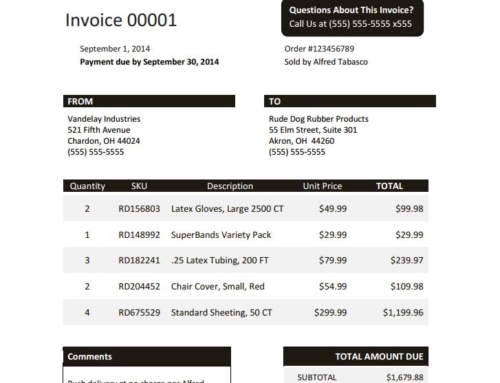Days Sales Outstanding is not a clear indicator of how the entire accounts receivable team is doing on collections. Since DSO relies on total sales for the time period in question, the final DSO can be skewed. If a business using the calculation relies on a highly seasonal sales cycle, DSO will not be indicative of how well the accounts receivable team is actually doing in collections. Factors such as high volume sales at a discounted price and what the credit terms of the sales were all need to be evaluated.
This isn’t to say that DSO should be completely trashed as a calculation to use in the accounts receivable department. Often times a CFO or CEO wants to see this number in management reports. What should be done, however, to ensure that all factors are accounted for and a clear view of the accounts receivable department is portrayed is to couple the DSO calculation with other key indicators. Below, we’ve highlighted some additional calculations that give a more rounded view of effectiveness in collections efforts.
AVERAGE DAYS LATE
The average days late calculation gives insight into how many invoices are paid a certain time period past the due date. By using this calculation, you can see how often the accounts receivable department is allowing customers to pay 15 days late, 30 days late, 60 days late of 90 plus days late. The more that are in the latter categories, the more you should look into working on the methods of the department. Average days late can be calculated by subtracting the day the invoice was paid by the day it was due. This would be calculated for every invoice on a customer account and can be averaged for the entire account to see which customers pay late most often.
COLLECTION EFFECTIVENESS INDEX
The collection effectiveness index looks at what can be collected because it is currently due, as opposed to what is simply an open invoice and likely won’t be collected on as DSO does. When using the CEI calculation, 100 is a perfect score, but a company can exceed that if they are collecting on accounts before they come due. Collection effectiveness index can be calculated using the following formula:
scl-shortcode-cleaner-clean-content-end-->[vc_single_image image=”3181″ img_size=”full”][vc_single_image image=”3183″ img_size=”full”]



